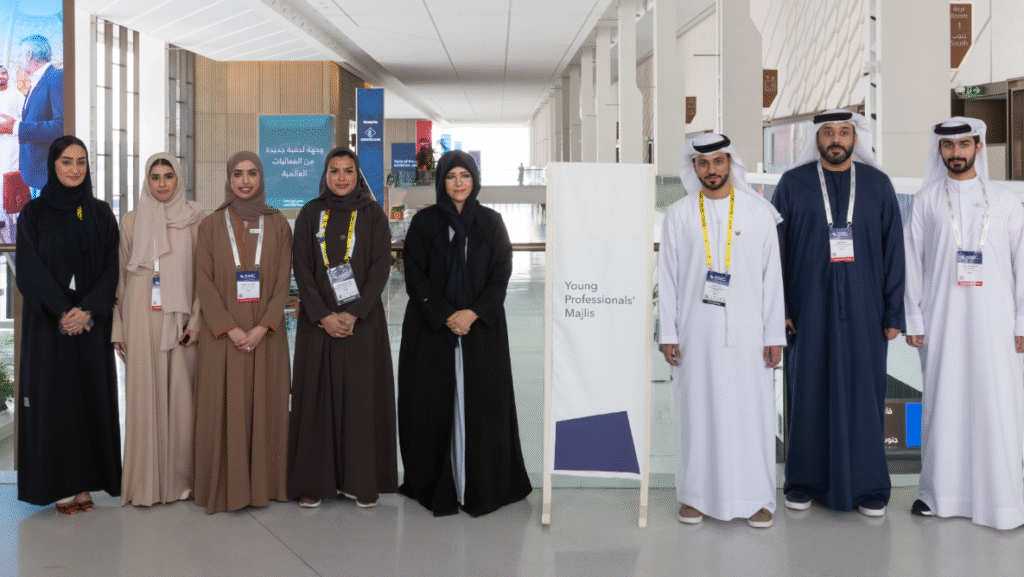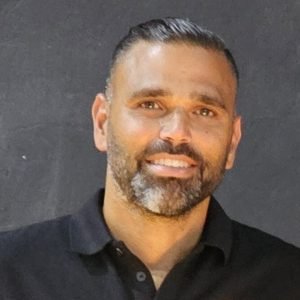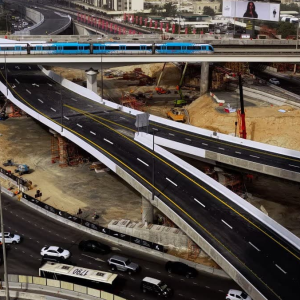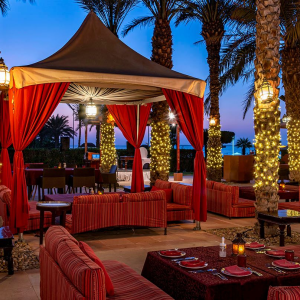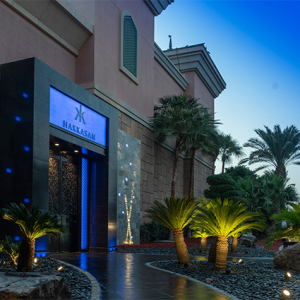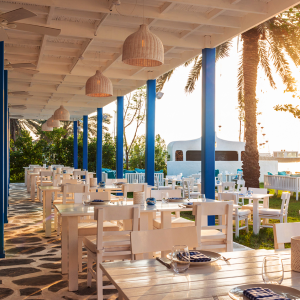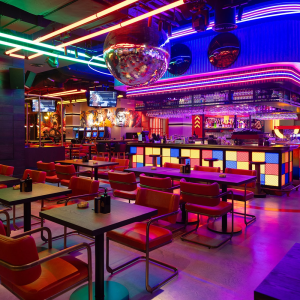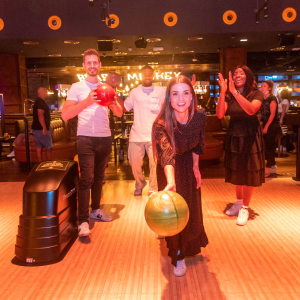When Sheikha Latifa bint Mohammed bin Rashid Al Maktoum attended the Asia Pacific Cities Summit and Mayors’ Forum 2025 in Dubai, her participation symbolized more than a formal appearance. It represented Dubai’s evolving identity as a cultural, innovative, and people-driven city. As Chairperson of the Dubai Culture and Arts Authority, her presence at the Summit aligned perfectly with her lifelong mission to position Dubai as a global hub where creativity, culture, and technology unite to shape a more sustainable and inclusive future.
This article explores the significance of Latifa bint Mohammed at Asia Pacific Cities Summit, her key insights, the ideas she promoted, and the broader vision that her leadership brings to urban development and cultural transformation.
A New Chapter in Urban Dialogue
The Asia Pacific Cities Summit is one of the most significant gatherings for urban leaders, thinkers, and policymakers. Hosted in Dubai, the 2025 edition became a platform for meaningful dialogue on how cities can balance growth, technology, and culture in a rapidly changing world.

Latifa bint Mohammed’s participation stood out because she emphasized that cities are not merely built spaces; they are living entities where culture, creativity, and human connection form the true foundation of progress.
During her address and interactions with delegates, she highlighted that cities must evolve beyond infrastructure and economics. They must become places where innovation thrives alongside culture, where the youth have a voice in shaping the future, and where sustainability is not an afterthought but an integral value.

Her message was simple yet powerful: the future of cities depends on how well they nurture creativity, empower people, and preserve cultural identity amid modernization.
Culture as the Heart of a City
Latifa bint Mohammed at Asia Pacific Cities Summit repeatedly emphasized the importance of culture as a city’s heartbeat. For her, culture is not an accessory; it is the DNA that defines identity, belonging, and inspiration for the people who live in urban environments.
She explained that every great city in history has been recognized not only for its architecture or economy but also for its art, literature, traditions, and ability to connect people through shared experiences. Cities like Paris, Kyoto, Istanbul, and Florence have stood the test of time because they valued their culture as much as their commerce.
Latifa’s vision for Dubai follows this philosophy. Under her leadership, Dubai Culture and Arts Authority has worked tirelessly to make cultural experiences accessible to everyone. From art districts and museums to literary events and community art spaces, the city has evolved into a creative hub where innovation meets heritage.
At the Summit, she urged mayors and leaders to view culture as a strategic investment. A city rich in culture fosters unity, creativity, and emotional well-being. It attracts tourism, inspires entrepreneurship, and gives people a sense of identity that transcends geography.
Youth: The Architects of the Future
Another major theme that defined Latifa bint Mohammed at Asia Pacific Cities Summit was her focus on youth engagement. She firmly believes that young people are not just beneficiaries of development; they are partners in creating it.
During her visit to the Youth Retreat and the Young Professionals Forum held alongside the Summit, she interacted directly with young innovators, architects, and city planners. Their ideas reflected a generation that sees the world differently, one that values sustainability, inclusivity, and digital empowerment.
Latifa encouraged these young minds to take ownership of their cities’ futures. She reminded them that the energy, ideas, and values of the youth are essential for shaping smart, resilient, and vibrant cities. Her approach reflects Dubai’s broader commitment to empowering the next generation through education, leadership programs, and innovation platforms.
She also noted that the youth’s creativity and digital fluency can drive sustainable solutions in transport, housing, governance, and culture. When given the right platforms, young people can turn challenges into opportunities, bridging gaps between tradition and modernity.
The Smart and Sustainable City Vision
Latifa bint Mohammed at Asia Pacific Cities Summit also brought forward Dubai’s vision of becoming a global model of smart urban living. However, she made an important distinction: being smart is not only about technology, it is about being thoughtful.
A smart city, she said, is one that uses technology to enhance the quality of life for its citizens while preserving the environment and cultural heritage. It is about using data and innovation not just to optimize systems but to make people’s lives better, more connected, and more meaningful.
She highlighted several principles that guide Dubai’s approach to city development:
- Sustainability: Growth must respect environmental limits. Cities should lead efforts to reduce emissions, conserve water, and promote green spaces.
- Inclusivity: Technology should make life easier for everyone, regardless of age, gender, or ability.
- Culture Integration: Smart development should never erase cultural heritage; instead, it should celebrate and preserve it.
- Collaboration: Public and private sectors must work together, combining innovation with compassion.
Her message reflected the balance between progress and preservation, between digital transformation and cultural continuity. Dubai, under her leadership, continues to champion this harmony.
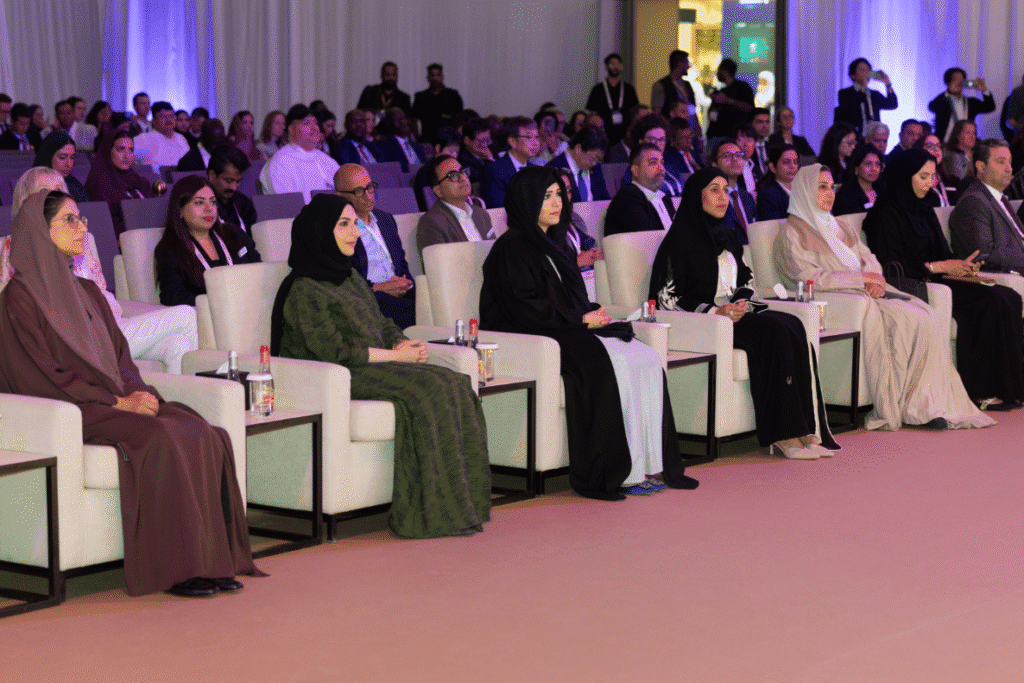
International Cooperation and Knowledge Exchange
A vital part of Latifa bint Mohammed’s role at the Summit was to strengthen Dubai’s partnerships with other global cities. Through discussions with international leaders, she emphasized that the challenges facing modern cities such as climate change, urban congestion, housing, and cultural preservation are universal.
No city can face these issues alone. Cooperation and knowledge exchange are essential for creating effective and sustainable solutions.
Latifa highlighted Dubai’s willingness to collaborate with cities across Asia, the Pacific, and beyond to share expertise in innovation, governance, and culture. By fostering international dialogue, cities can learn from each other’s successes and avoid repeating the same mistakes.
She also underscored the importance of global networks in promoting cultural diplomacy. When cities work together, they don’t just exchange technology, they exchange ideas, values, and creative energy that can unite people across borders.
Human Centered Urban Development
Throughout her participation, Latifa bint Mohammed at Asia Pacific Cities Summit stressed that the true measure of a city’s success is the happiness of its people. Infrastructure and technology may build the skeleton of a city, but it is humanity that gives it a soul.
She explained that city planners and policymakers must put people at the center of decision-making. Public spaces should encourage connection, art should inspire, and education should empower. A great city is not the one with the tallest buildings, but the one that makes every citizen feel seen, safe, and inspired.
Her human-centered philosophy aligns with Dubai’s long-term vision to be a city that combines efficiency with empathy. From accessible transportation and smart public services to cultural initiatives and sustainability goals, every aspect of development should enhance the human experience.
The Role of Culture in Innovation
Latifa’s insights also bridged the gap between culture and innovation. She believes that creativity is the foundation of all progress. Whether in technology, architecture, or governance, the spark of innovation often begins with artistic thinking.
At the Summit, she highlighted how cultural expression can inspire new ways of solving problems. For instance, design thinking, a concept rooted in art and empathy, is now one of the most powerful tools for innovation in technology and business.
She urged city leaders to invest in creative industries not only for their economic benefits but also for their role in inspiring innovation across all sectors. A city that nurtures artists, writers, designers, and thinkers will naturally evolve into a city that leads in technology and science.
In her view, culture and innovation are not opposites; they are partners in progress.
Empowering Women in City Leadership
Another notable aspect of Latifa bint Mohammed at Asia Pacific Cities Summit was her representation of women in leadership. Her participation sent a powerful message about the growing role of women in shaping urban futures.
She highlighted that empowering women in governance, business, and culture leads to more balanced and inclusive development. Diversity of thought and perspective drives better solutions for complex urban challenges.
In her address, she also praised the women leaders and professionals who are contributing to the transformation of cities worldwide. Their presence in planning, sustainability, and culture brings empathy and collaboration to the forefront of decision-making.
Her leadership itself serves as an example, showing that when women lead, cities thrive.

Building Cities of Meaning
The overall message from Latifa bint Mohammed at Asia Pacific Cities Summit was deeply philosophical yet practical: cities must have meaning.
She explained that urban environments should not only serve as spaces for work and living but as sources of inspiration, connection, and identity. Every building, park, and public space should tell a story that reflects the community’s values and aspirations.
She encouraged leaders to focus on creating cities that promote wellbeing, cities that feed the mind, body, and spirit. In her words, progress without purpose is incomplete.
Lessons for City Leaders Around the World
Latifa bint Mohammed’s participation at the Summit offers valuable lessons for policymakers, urban planners, and citizens alike:
- Prioritize Culture: Economic growth is sustainable only when anchored in cultural identity.
- Empower the Youth: The next generation should not be sidelined; they are the architects of the future.
- Adopt Human Centered Design: Every urban policy should enhance people’s quality of life.
- Champion Sustainability: Cities must balance development with environmental responsibility.
- Foster Global Collaboration: Shared challenges require shared solutions.
- Support Creativity: Innovation flourishes in cities that celebrate art and culture.
- Promote Inclusivity: A truly modern city is one that gives every citizen equal opportunity to contribute and thrive.
These principles form the foundation of what she envisions as the city of tomorrow, a place where innovation, compassion, and creativity coexist.
A Lasting Vision for the Future
Latifa bint Mohammed at Asia Pacific Cities Summit marked an important moment not only for Dubai but for the global community of cities. Her vision transcends physical development; it’s about building places where people feel inspired, connected, and valued.
Under her leadership, Dubai is emerging as a model for how culture, technology, and humanity can coexist. Her advocacy for youth, women, and culture demonstrates that the strongest cities are those built on inclusion and shared purpose.
In the years ahead, her ideas are likely to shape how cities across the Asia Pacific and beyond approach growth, sustainability, and creativity. The Summit may have lasted a few days, but its impact, driven by her leadership and message, will echo far longer.
Conclusion
The story of Latifa bint Mohammed at Asia Pacific Cities Summit is not just about an event; it’s about a movement. It reflects a shift in how cities define progress, from material expansion to meaningful evolution.
Her message reminds us that the best cities are not measured by their skylines but by the dreams they nurture. They are the places where art meets innovation, where youth lead with purpose, and where every citizen feels part of something greater.
As the world continues to urbanize, leaders everywhere can draw inspiration from her words and example. A great city is not only a place to live; it is a place to belong, create, and grow together.
Do follow UAE Stories on Instagram
Read Next – Dubai Culture Expo City Partnership: A New Era for Creativity and Collaboration

